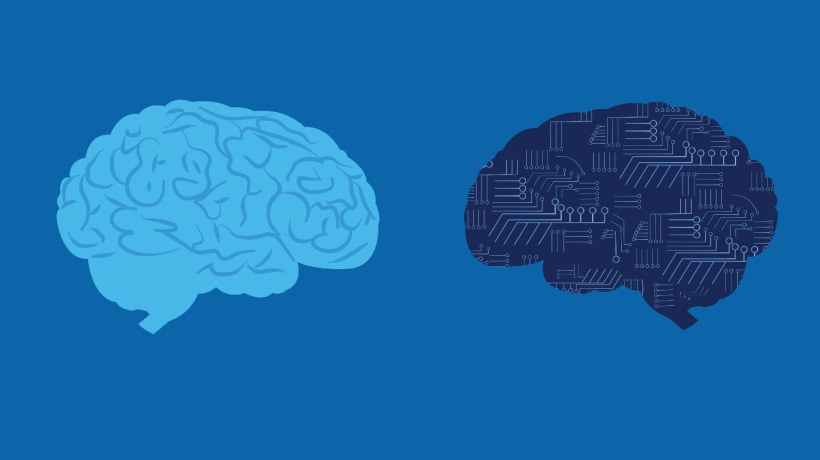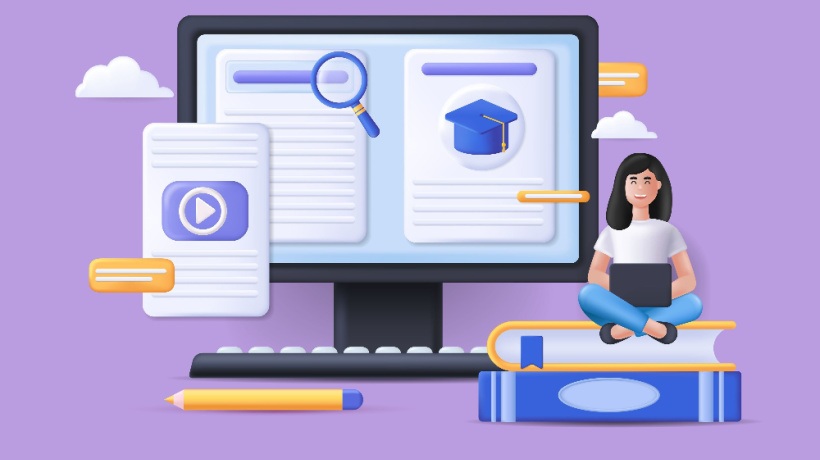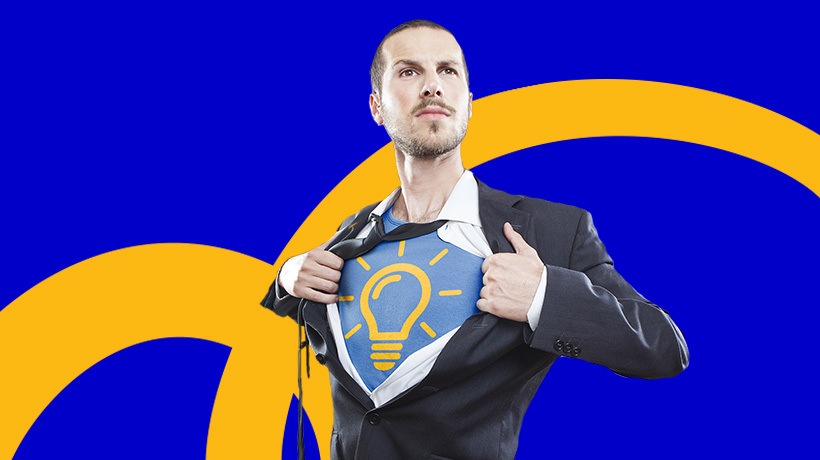The 4 M Guidelines For SME Greatness
This article will focus on how 4 key Ms can be leveraged to support small and medium-sized enterprises remotely and inexpensively to be the best they can be and be great in their own right. These 4 Ms are mindset, measurement, models, and means. The importance of each will be examined separately below. However, when applied together, they form a powerful combination that enables SMEs to achieve greatness by being at the forefront of best practices and new thinking.
This thinking was applied recently in two separate SMEs. In one of the SMEs, it helped the leadership quickly understand, contextualize, and proactively deal with some critical issues. In the other SME, it provided leadership with clear insight and understanding into why their business was failing. This enabled the leadership to be assisted to quickly and decisively take the action required to turn the business around.
Mindset
The success of many small and medium-sized enterprises is founded on the passion of their leaders and people. However, smart leaders of such organizations understand that passion may not always be enough to deliver ongoing success. Many have experienced times when, despite their own passion and that of their people, things have gone wrong. They understand that their enterprises do not have the resources of large corporations to have powerful early warning systems in place and to be able to employ top consultants to guide them around future obstacles and through storms, as well as to keep them at the forefront of best practices and new thinking.
Leaders of SMEs can be coached to practice a mindset of abundance and agility so that they can keep their organizations at the forefront of best practices, navigate around obstacles, and weather severe storms. They will understand that knowledge and insight into best practices and new thinking are ubiquitous. Most importantly, they will refuse to accept that limited resources limit their ability to implement best practices. They will see their modest size as a benefit when it comes to agility. This will create the opportunity to quickly test new ideas, reject those that don't work, and refine, integrate, and iterate those that do.
Given this mindset, leaders of SMEs need help to measure the status quo of their organizations. In other words, how do their organizations stack up when it comes to best practices? What are their strengths? What are their opportunities for development and where do potential pitfalls lie? Then, they need easy-to-understand, holistic, and inclusive models to contextualize the assessment of the status quo. And finally, they need the means to help them capitalize on the opportunities presented. Importantly, all of this assistance can be provided remotely, inexpensively, and successfully if the right approach is adopted.
Measurement
How can the leaders of SMEs be helped to avoid situations in which they are left "rubbing their heads" and trying to analyze what went wrong after it went wrong? A useful start is to provide them with insight into how their enterprise stacks up against the various factors that deliver sustainable organizational health and performance, based on models that are inclusive of all recognized best practices. It is even better if this feedback can be provided in a highly visual, easy-to-read, easy-to-understand format. Importantly, the source of the feedback must be credible, and in most instances, leaders value their own insights, those of their employees, and those of important stakeholders. This feedback must be easy and quick to gather as well as available immediately. Below is an example of feedback that is gathered anonymously, through an online link sent to participants. It is aggregated in real time and available for review immediately.
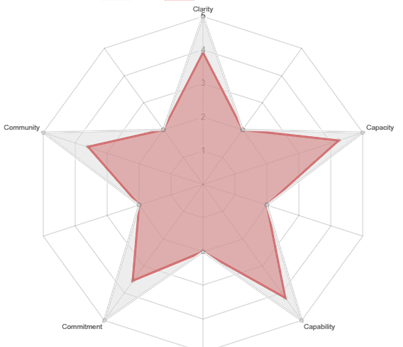
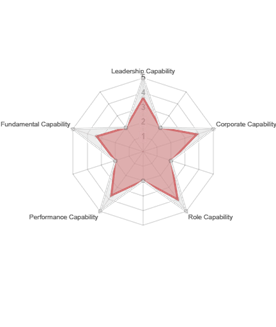
The results can be analyzed from many different perspectives and explained and contextualized using the powerful models below.
Models
Models are important in order to create a framework or context for current practice as well as to position and test the relevance of new thinking. The models developed below are inclusive of current best practices and open-ended so as to accommodate and contextualize new thinking and best practices. They are fully explained in a previous article.

Means
Gaining clarity on opportunities through comprehensive analysis has little advantage unless leaders are given the wherewithal to help them leverage the opportunities presented. This can be done efficiently, effectively, and inexpensively via an eLearning platform with further remote coaching support offered via videotelephony and email. There is a plethora of great, free, open source learning material available via WWW. Savvy coaches can direct the leaders of SMEs precisely to what they need, in their moment of need, when they need it, and then coach them on how to contextualize new insights and effectively apply them.
A Final Word: The 5th M, The Motivation To Help SMEs
SMEs employ many people. They are the breeding ground of new talent, future captains of industry, and the source of great new ideas. Why would we not want to help them be the best they can be through supporting them with access to best practices remotely (it is also important that support is available at any time, generally, and in their moments of need) and inexpensively (support should be affordable to all).


